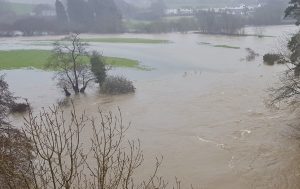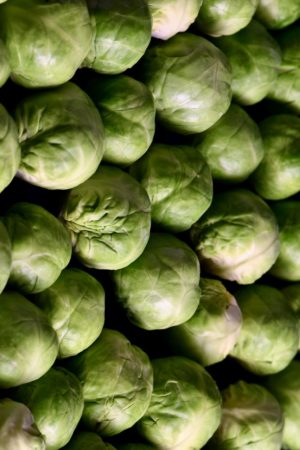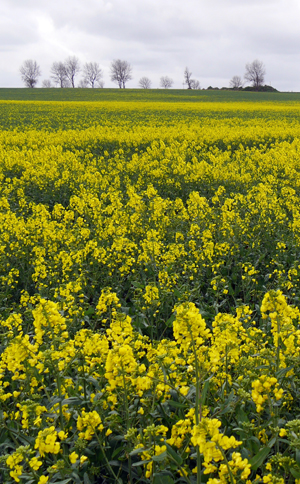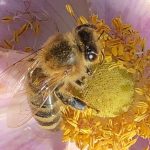Woodlands web updates : 20

Moss puts a brake on peak flow and flooding.
“Moors for the future” have been working in the Peak District to investigate the run off of water after rain. Often after a storm, rain water will run off a hillside unimpeded so that communities downstream in valleys are vulnerable to flooding. Moors for a future have been planting upland areas (on Kinder Scout) with Sphagnum moss. They have planted some 50,000 plants of the moss. Prior to the planting of the moss, the surface might be bare, and rainwater would run straight off. It was found that the moss dramatically slowed the run off of water, and the volume of water discharged from the hillside, preventing rivers from becoming inundated. Each moss plant can hold up to twenty times its own weight of water. The sphagnum moss also protects the underlying peat, so that new layers of material can accumulate - allowing for carbon sequestration.
Help from vegetables ?
 More and more bacteria are now resistant to many types of antibiotics, consequently it is increasingly difficult to treat certain types of bacterial infection / disease. In some cases, this is due to the production of a biofilm. Bacteria grow on many surfaces within our bodies and as they grow and multiply they may encase themselves in a matrix of extra-cellular material that they produce ( as seen in Pseudomonas sp).
More and more bacteria are now resistant to many types of antibiotics, consequently it is increasingly difficult to treat certain types of bacterial infection / disease. In some cases, this is due to the production of a biofilm. Bacteria grow on many surfaces within our bodies and as they grow and multiply they may encase themselves in a matrix of extra-cellular material that they produce ( as seen in Pseudomonas sp).
Research workers at the Ben Gurion University have found that certain compounds from cruciferous vegetables, such as broccoli, can break down these bacterial films. Cruciferous vegetables include Cabbages, Cauliflower, Brussels sprouts, Kale, Radish, Kohlrabi and Mustard. The chemical DIM (3,3 diindolylmethane) was able to disrupt the biofilm. When introduced to an infected, wound, it was found to speed up the healing process. It is hoped that further work will lead to a commercially viable product for the treatment of certain infections. (Thanks to Ulleo on Pixabay for adjacent image).
‘Help Signals’ from oil seed rape.
 Oilseed rape (or rapeseed, Brassica napus) is a major crop in many parts of the country. It provides an oil and is also contributes to animal feedstuffs and biofuels. Great swathes of the country turn yellow when the plant is in flower during the summer months. These monocultures are ideal for the animals that feed on the plants, these range from insects, to nematodes, slugs and wood pigeons
Oilseed rape (or rapeseed, Brassica napus) is a major crop in many parts of the country. It provides an oil and is also contributes to animal feedstuffs and biofuels. Great swathes of the country turn yellow when the plant is in flower during the summer months. These monocultures are ideal for the animals that feed on the plants, these range from insects, to nematodes, slugs and wood pigeons
One particular pest of oil seed rape is the Common Pollen Beetle (Brassicogethes aeneus). The female beetles lay eggs in the flower buds of and the larvae develop within the flowers. Both adults and larvae feed on the pollen and nectar in the flowers.
Plants have limited means of fighting attackers. They may construct structural defences, as discussed in the woodlands blog, or they may use chemical defences. When bitten by a marauding herbivore some plants emit volatile organic compounds (VOC’s).
As the pollen beetles feed, the rapeseed releases VOCs which attract the attention of other insect - notably those that will lay their eggs into the larvae of the pollen beetles. These insects are usually from the same family as bees, wasps and ants - the Hymenoptera (insects with membranous wings and a ‘narrow waist’. The pollen beetle larvae are then ‘eaten’ from the inside by the developing parasitoid larva. This effectively constitutes a form of biological control. Interestingly, the pollen beetles preferred to lay eggs into rapeseed plants plants growing with high levels of N fertilisation, whereas their parasitoids favoured more moderate levels of N fertilization. This work was undertaken at the Estonian University of Life Sciences.
Finding the flowers.
 Research at the University of Exeter has shown that bees can distinguish between various flowers through a combination of colour and pattern. This selectivity is achieved despite the ‘acuity’ of a bee’s vision being quite low (about a 100 times lower than ours) - this means they can only see the pattern of a flower when they are quite close ( a matter of centimetres). The researchers analysed a large amount of data on plants and visiting bee behaviour, and experiments involving artificial shapes and colours. One particular finding was the importance of the contrast between the outside of the flower and the plant’s foliage. This seemed to help bees quickly find their way to the flowers.
Research at the University of Exeter has shown that bees can distinguish between various flowers through a combination of colour and pattern. This selectivity is achieved despite the ‘acuity’ of a bee’s vision being quite low (about a 100 times lower than ours) - this means they can only see the pattern of a flower when they are quite close ( a matter of centimetres). The researchers analysed a large amount of data on plants and visiting bee behaviour, and experiments involving artificial shapes and colours. One particular finding was the importance of the contrast between the outside of the flower and the plant’s foliage. This seemed to help bees quickly find their way to the flowers.
Comments are closed for this post.

Putting a washed and crushed cabbage leaf on ulcerated wounds was something my Gran used to know to do to promote healing. It’s interesting when ‘legitimized’ science and medicine catches up with old school know how and proves it to be right all along.
Frankie Rodgers
14 January, 2023